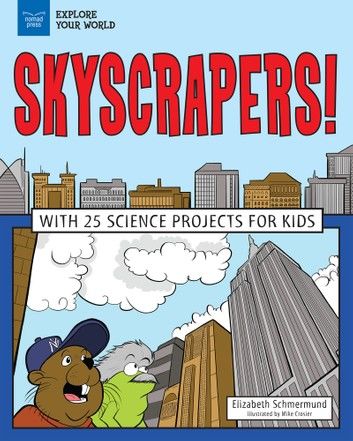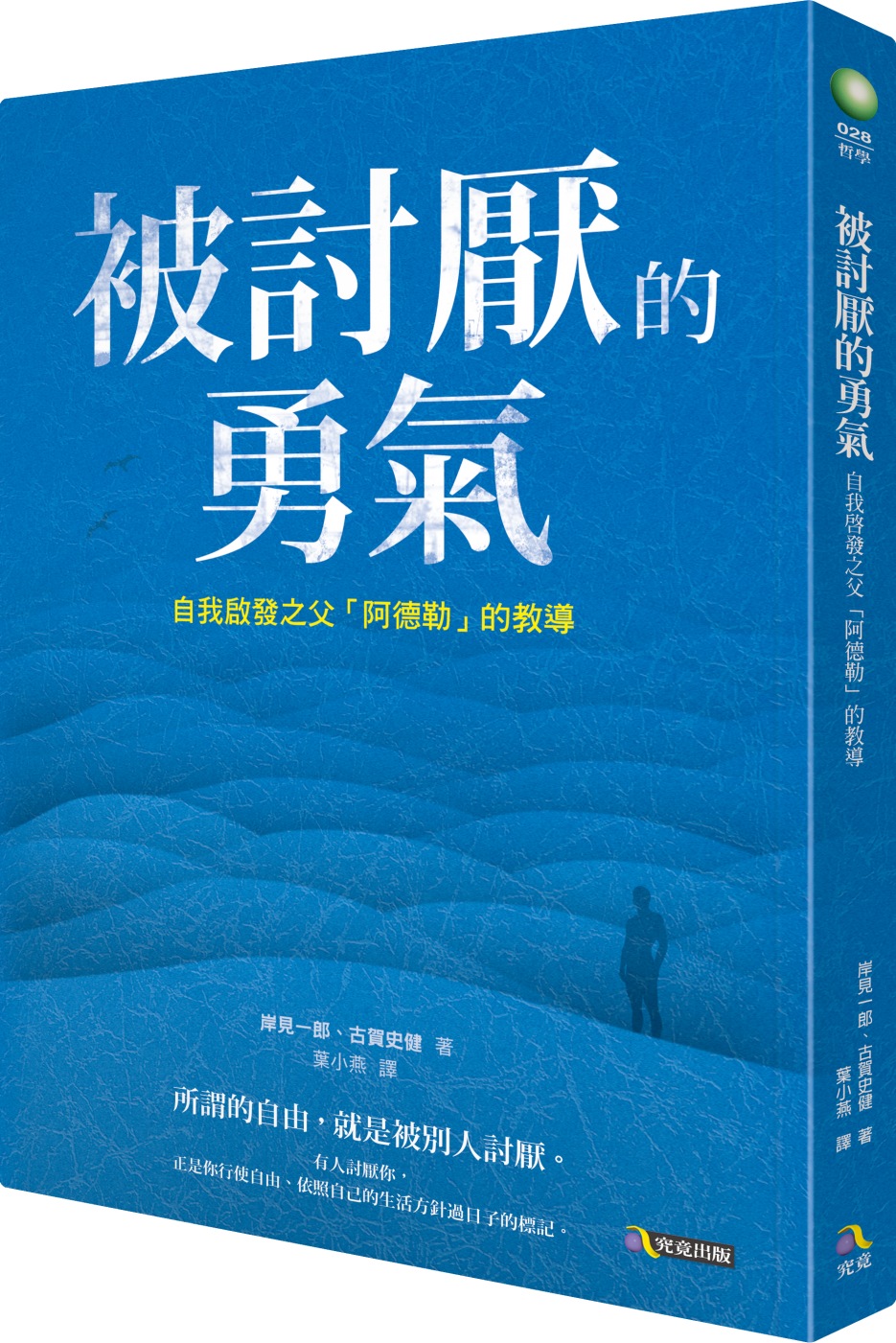| FindBook |
有 1 項符合
Skyscrapers!的圖書 |
 |
Skyscrapers! 作者:Elizabeth Schmermund 出版社:Nomad Press 出版日期:2018-08-01 語言:英文 |
| 圖書館借閱 |
| 國家圖書館 | 全國圖書書目資訊網 | 國立公共資訊圖書館 | 電子書服務平台 | MetaCat 跨館整合查詢 |
| 臺北市立圖書館 | 新北市立圖書館 | 基隆市公共圖書館 | 桃園市立圖書館 | 新竹縣公共圖書館 |
| 苗栗縣立圖書館 | 臺中市立圖書館 | 彰化縣公共圖書館 | 南投縣文化局 | 雲林縣公共圖書館 |
| 嘉義縣圖書館 | 臺南市立圖書館 | 高雄市立圖書館 | 屏東縣公共圖書館 | 宜蘭縣公共圖書館 |
| 花蓮縣文化局 | 臺東縣文化處 |
|
|
Look up, up, up! How do skyscrapers get so tall? Skyscrapers are amazing feats of engineering that kids (and adults!) find fascinating. How do they get so high? How do they stay standing? Who is involved in designing and building these gravity-defying structures?
In Skyscrapers! With 25 Science Projects for Kids, elementary-aged kids learn about the principles of engineering that are used in building skyscrapers, as well as the history of skyscrapers themselves. Readers also explore the kinds of professionals that contribute to the raising of a skyscraper, from engineers to architects to constructions teams. To answer the burning question on every young engineer’s mind—how do skyscrapers stay standing?—readers discover the important designs used to build tall buildings, including the tube frame, the bundled tube frame, and x-bracing. And by following the evolution of skyscraper design, STEAM-focused students learn how structures have become more stable and more complex through the introduction of design elements and new materials.
STEAM projects for kids, including experiments with earthquake-resistant materials, testing the relative strength of different shapes, and discovering the effect of vibration on structures, offer a unique, interactive learning experience, while links to primary sources offer ample opportunity for further student-led exploration. Fun facts, engaging illustrations, timeline, glossary, and resources keep kids wanting to learn more about engineering design.
Skyscrapers! is part of a set of four Explore Engineering books. In the Explore Engineering set, readers ages 7 to 10 learn the physics behind the things they build: Why does a tower of blocks eventually fall? Why does a tunnel sometimes cave in? Through a series of focused, science-minded activities that require critical thinking paired with creative trial-and-error attempts at building, readers develop foundational understanding of the physics that guides the building and maintenance of bridges, canals, tunnels, and skyscrapers.
Titles in the Explore Engineering set include Bridges! With 25 Science Projects for Kids; Canals and Dams! With 25 Science Projects for Kids; Tunnels! With 25 Science Projects for Kids; and Skyscrapers! With 25 Science Projects for Kids.
Nomad Press books in the Explore Your World series for children ages 7–10 integrate content with participation. Common Core State Standards, the Next Generation Science Standards, and STEM Education all place project-based learning as key building blocks in education. Combining content with inquiry-based projects stimulates learning and makes it active and alive. Nomad’s unique approach simultaneously grounds kids in factual knowledge while allowing them the space to be curious, creative, and critical thinkers.
|









